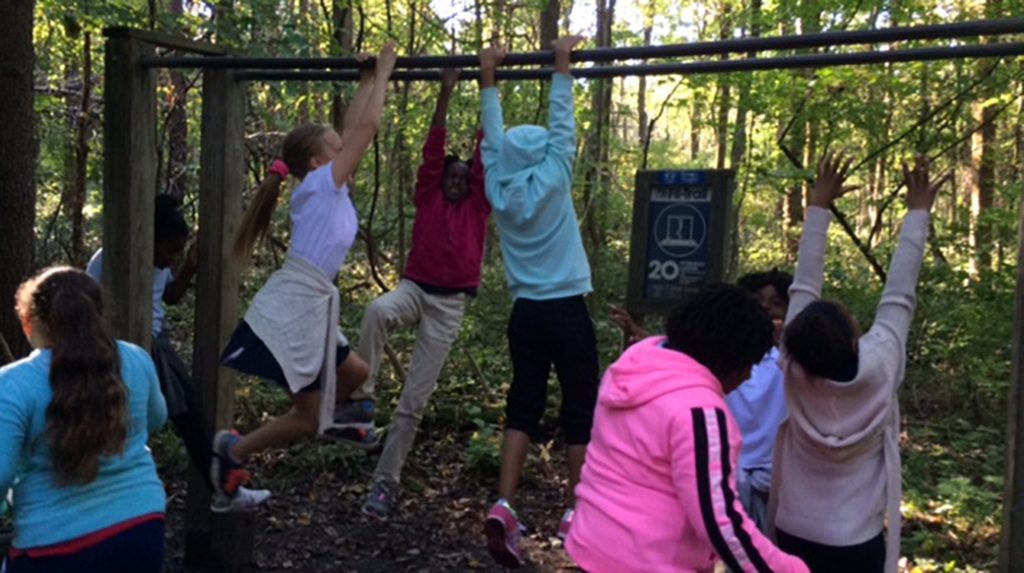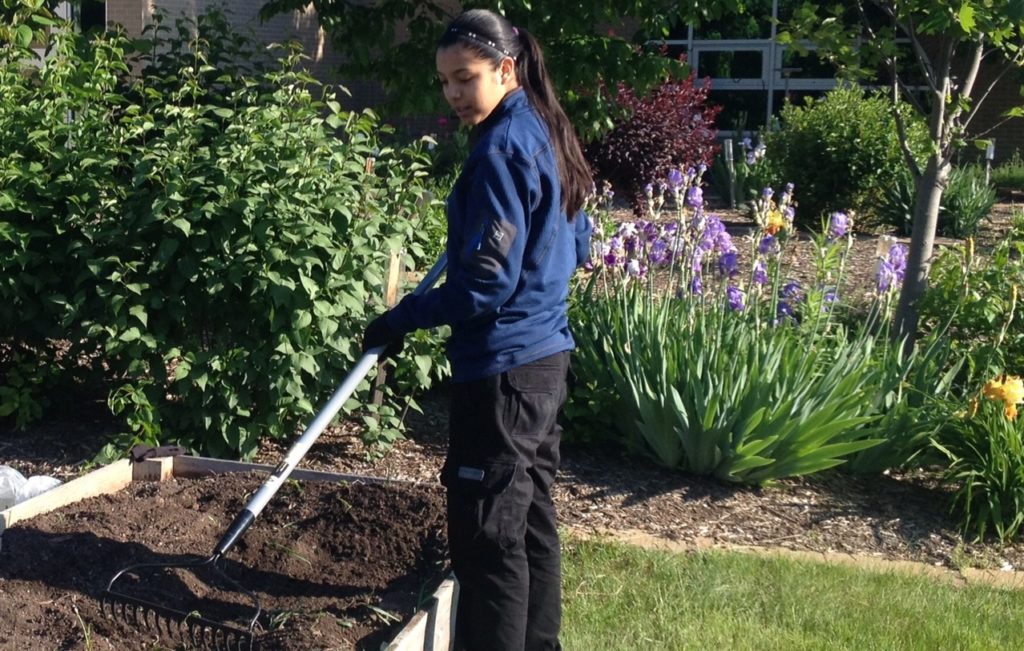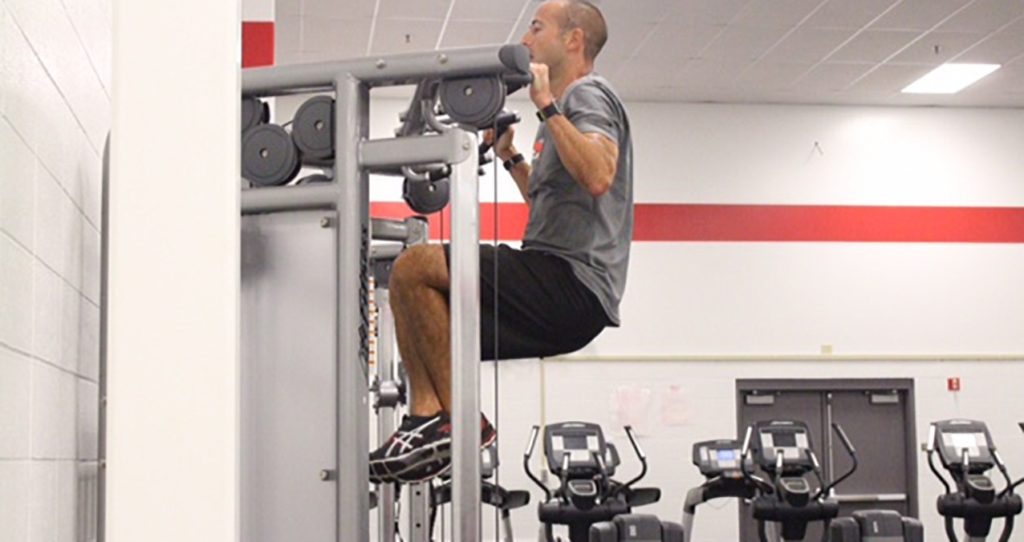Pike Township Schools’ focus on student wellness earns prestigious national award
Steady, incremental improvements are key to success
A long term commitment to improving student health and well-being has earned Pike Township schools the prestigious “National Healthy School Award” from the Alliance for a Healthier Generation — a distinction earned by no other schools in Indiana. Pike achieved this honor in 11 of 13 schools throughout the district in 2016, with the remaining two middle schools expected to achieve the certification by the end of this school year.

The National Healthy School Award honors schools that have met specific best practice standards for school wellness committees, food service and nutrition education, food and beverage marketing, community engagement, health education curriculum, physical education curriculum, recess, in-class activity breaks, before and after school programs, and staff wellness initiatives. Pike achieved the Bronze level of distinction, and can now move toward Silver and Gold levels. Nationally, just 328 schools achieved a Bronze, Silver or Gold Award in 2016.
A typical day in Pike Township schools looks like this:
- Teachers and students gather for yoga before school
- All students eat a healthy breakfast in classrooms
- Food service staff hosts a taste test of new vegetable dishes during lunch
- All elementary students get 30 minutes of active recess
- Fruit kabobs, whole grain crackers and low fat milk served in an elementary class party
- Walking club meets after school
- Aquatic Center open for community swim
- Families return to school at 6 p.m. for a cooking demonstration
“We started our focus on wellness over a decade ago, and we are certainly pleased at where we are today. The work has evolved over time,” said Larry Young, Assistant Superintendent for Elementary Education.

The district made healthy nutrition and physical activity a priority nearly ten years ago after the release of several articles and studies about rising childhood obesity rates across the nation.
“We reviewed the data, did additional research, and began to take steps. We wanted our students to exceed the national trend in regards to healthy living,” said Young.
A district-wide wellness committee was formed, comprised of assistant principals or athletic directors representing each school, and other stakeholders including food services staff, parents, students, healthcare professionals, and community members. In addition, similar wellness committees were established in each school, headed by the building’s assistant principal or athletic director and charged with customizing and implementing building and district-wide wellness programs and initiatives.
Some changes required input and buy-in from key stakeholders. For example, the district determined that every elementary student would receive at least 30 minutes of recess daily. Recess could not be taken away as punishment for unwanted behavior.
“We had to rely on different ways of addressing behavior challenges; it has been a process,” said Young. “Looking back, it has definitely been worth the effort. Change takes time.”
Young said that increased student achievement has accompanied the focus on wellness.
Diyawnne Farris helps manage the district-wide wellness program and noted that the community and staff components of the program—free health screenings, nutrition education workshops, and opportunities for physical activity—are popular, and the participating adults help set a good example for students to follow.

“Our teachers and staff enjoy participating in the programs, too. A lot of them want to eat better and be more active, and having a salad bar, open swim, or fitness centers available makes it easier for them to do,” said Farris.
Active Students Achieve More
Keeping kids active and healthy helps them succeed. Kids who are active during the school day perform better in reading, writing, and math. Check out our guide, Active Students Achieve More, to learn more about what schools can do to help kids get moving during the day.

Topics: Healthy Eating, Physical Activity, Schools
Subscribe for more
Want more ideas for healthy schools, workplaces, child care providers, and families? Subscribe to our blog for weekly tips delivered right to your inbox!
Workplace wellness starts with one person—it could be you! NEXT »
10 ways to talk to children about food, healthy eating
